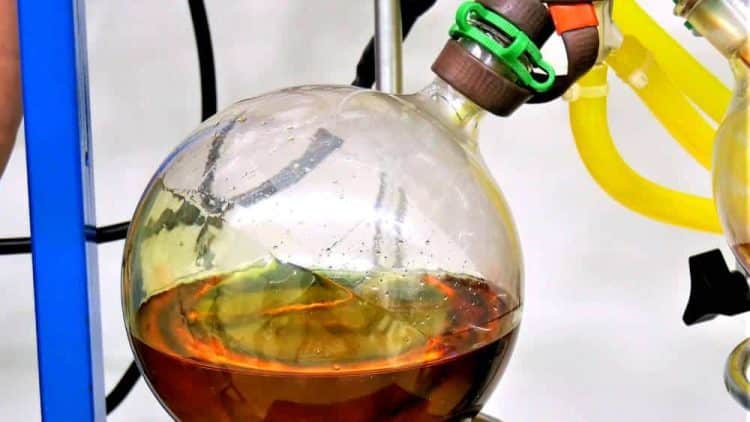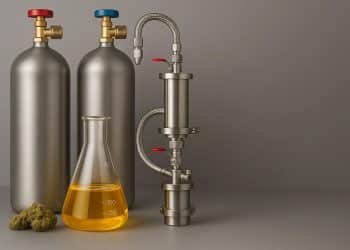Making sure your extract has the highest purity is a delicate balance of many variables. However, you can implement certain fractionation and separation procedures to your extraction process to increase the purity of your final extracts. Fractionation and separation processes are used after initial extraction has been completed. Although there are different methods, they all work to isolate your target compound or purify your extract.
Common Types of Fractionation and Separation Procedures
Liquid-Liquid Extraction
You may have heard liquid-liquid extraction referred to as solvent extraction. This is one of the most common separation procedures in use today. It separates compounds depending on their miscibility in two different liquid phases.
Mixer-setters, centrifugal contactors, and continuous countercurrent column methods all rely on this liquid-liquid method. Although this method is proven and widely used, it is somewhat outdated due to the large solvent use and waste.
Membrane Filtration
The pharmaceutical and agro-food industries have quickly adopted membrane filtration as a top-choice processing and separation method. By adjusting the membrane pore size, processes like micro-filtration, ultrafiltration, nano-filtration, and reverse osmosis can all be controlled very precisely.
The molecule’s charge and affinity to the membrane filter will also affect outcomes, making membrane filtration more complicated. At the same time, the technology used in these systems is highly automated and intuitive, making it easier to scale. [1]
Column Chromatography
Column chromatography is the most popular type of fractionation method for extracts. There are different chromatographic techniques that can separate molecules based on size, charge, polarity and solubility. Two of the newest and most efficient chromatographic techniques are simulated moving bed chromatography (SMB) and sequential multi-column chromatography (SMCC).
One of the biggest advantages of column chromatography is the wide range of application and the high selectivity. Different methods can be used to remove toxins, colors or minerals and It also allows for the accurate recovery of high-quality compounds.[2]
Deciding which fractionation and separation procedure is right for your operation is a matter of your business’s product goals and budget.
References:
- [1] Buonomenna, MG, et al. Organic solvent nanofiltration in pharmaceutical industry. Separation & Purification Reviews. 2014;44(2):157– doi:10.1080/15422119.2014.918884 [Times Cited = 94] [Journal Impact Factor = 9.636]
- [2] Ozlem, C. Separation Techniques: Chromatography. North Clin Istanb. 2016; 3(2): 156-160. doi:14744/nci.2016.32757 [Times Cited = 332]Image: Green House Healthy












